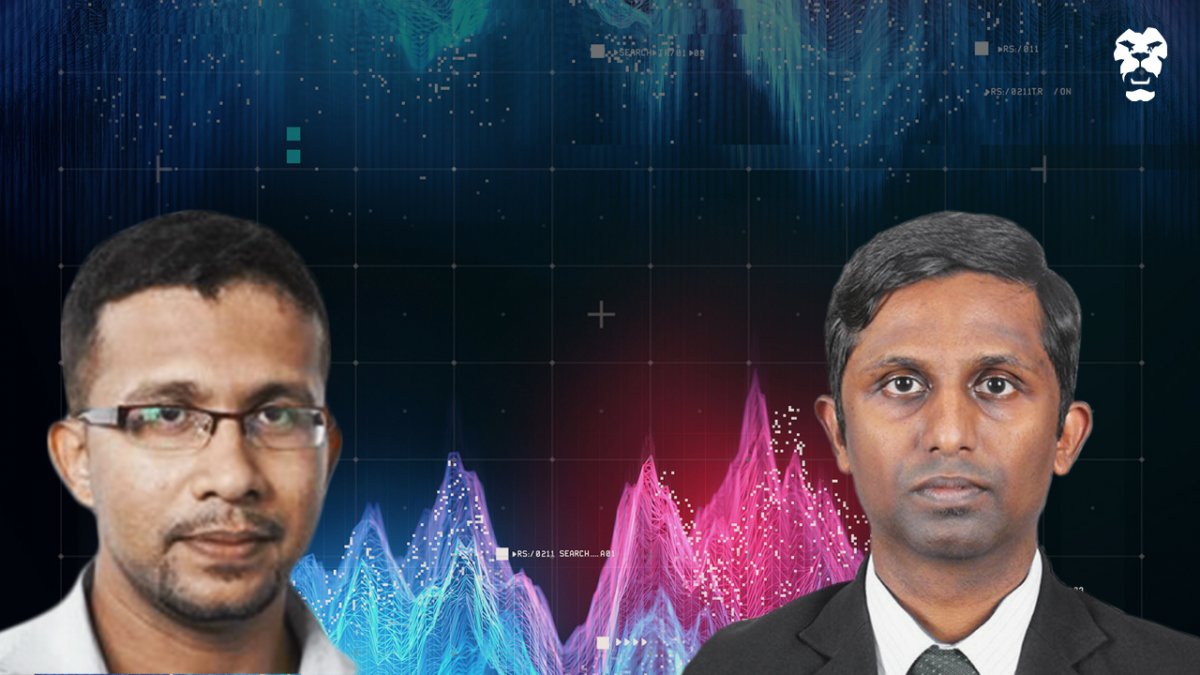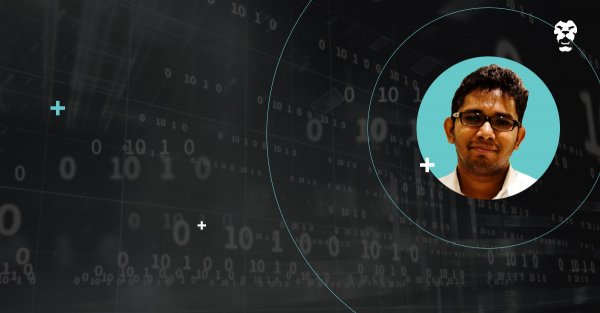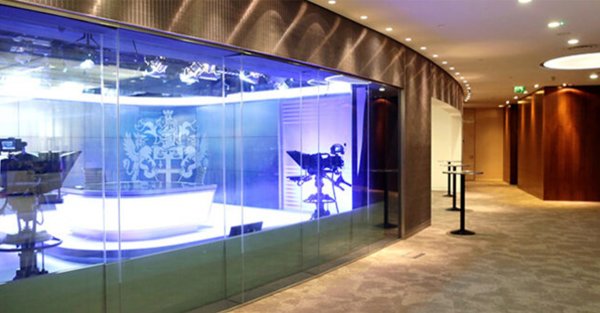
On September 3 2021, the London Stock Exchange Group (LSEG) will host the third webinar in its LSEG Tech Talks series. The initiative, which aims to provide the next generation of professionals with the necessary knowledge and expertise needed to shape the global economy and take on the challenges of tomorrow, successfully conducted its first two webinar sessions, which addressed the emerging theme of machine learning. The upcoming webinar will explore ‘Modern Web Application Architecture’ with Gayan Dharmadasa and Chamila Liyanage. The session is scheduled to take place from 4:00 p.m. onwards.
Gayan Dharmadasa plays a key role in the Millennium Advanced Platform (MAP) team. Prior to his current occupation as a Software Architect, he has also worked as the Solution Architect of the Millennium Platform Team, the GUI Development Lead of the OTC team, and Team Lead of the ICAP project. He possesses a B.Sc. and an M.Sc. in Computer Science from the University of Colombo School of Computing.

Chamila Liyanage possesses over 15 years of industry experience, specialising in microservices and cloud native technologies. He currently works as a Software Architect with a primary focus on front-end and Java Stack within LSEG technologies. He obtained his B.Sc. in Software Engineering from the University of Westminster and is an AWS Certified Solutions Architect – Associate. He is also a Certified Kubernetes Application Developer and a Certified Kubernetes Administrator.

Roar Media sat down with Gayan and Chamila to shed some light on modern web application architecture prior to conducting their webinar with LSEG.
Q: Your topic is modern web application architecture. What aspects are you hoping to cover during this session, and how do you plan to approach them?
Modern web application architecture is a vast and complex topic impacting a range of industries. Therefore, our primary objective is to provide practical perspectives and recommendations, relying on a broad-based approach that will benefit professionals working across multiple sectors.
Given the extent of concepts and strategies available in the market today, we will
strive to set the stage with a basic background into the topic. We hope to then provide valuable insights into our journey, providing an overview of LSEG applications and the challenges we faced in implementing the same.
We will also explore essential topics including modernising existing applications for the cloud, and the importance of defining a front-end strategy and best practices. Finally, we will cover aspects including microservices architecture and common communication patterns in addition to the deployment of architecture and scalability.
Q: Why do you believe this topic is important for today’s audience, especially in a Sri Lankan context?
Today, many companies are shifting or have already shifted towards utilising cloud infrastructure and modern application design. In this context, discussing the migration of data to the cloud and the use of the latest architecture, including microservices architecture and cloud native concepts, are important and timely, especially for those who wish to remain competitive and relevant in an environment where change is the norm.
Achieving the right front-end and back-end strategy enables industries to build a product that caters to user expectations, while addressing non-functional aspects spanning performance and throughput as well as scalability and high availability. Such strategies support organisations in defining a steady roadmap that supports continued evolution and reinvention, especially in line with changes in technology and usage trends.
Q: What are the key trends and expectations of web application users that you see today?
In a nutshell, today’s web application users seek convenience and speed. This is primarily achieved through a combination of factors such as rich user interaction, user friendliness, responsiveness, reliability, and availability.
Q: Where do you believe the future lies for web application architecture in terms of growth potential, scope, and opportunity?
With a majority of enterprises leveraging cloud infrastructure and investing heavily in that movement, it is inevitable that a number of present-day legacy applications need to be re-architected and modernised in order to harness the full potential of the cloud. In addition, most modern applications are projected to be web and mobile-based. Therefore, modern web application architecture is an area that holds immense future potential in the years ahead.
Q: How can one ensure their architecture is future-proof?
Building any structure that is 100% future proof is nearly impossible! Therefore, it is more important to focus on how quickly you can adapt to changing conditions and engage in continuous improvement. Hence, it is key to remain agile and leave space for future expansion, as opposed to imagining a future and exerting unnecessary, often wasted effort on future proofing an application.
Q: What are the primary challenges you see going forward in building future software systems?
As we venture into the future, one of the key areas of concern we see is the presence of multiple devices and the need to cater to them as well as match their wide and varied usage patterns among consumers. We anticipate there may be other devices that will be developed in the future which will certainly impact overall architecture and design.
Furthermore, we believe that the rapid change of technology will play a major role in framing the future of the industry, while the fields of cyber security and data protection will gain more prominence in the years to come.
End of Q&A
If you want to gain practical insights into modern web application architecture, this webinar with Gayan and Chamila could be beneficial to your journey. Click the link below to sign up and discover how you can adapt within the context of a changing world.
Webinar link: https://lseg.zoom.us/webinar/register/WN_FiYjwfI9QIuO5KfocJQenw


.jpg?w=600)


.jpg?w=600)

.jpg?w=600)
